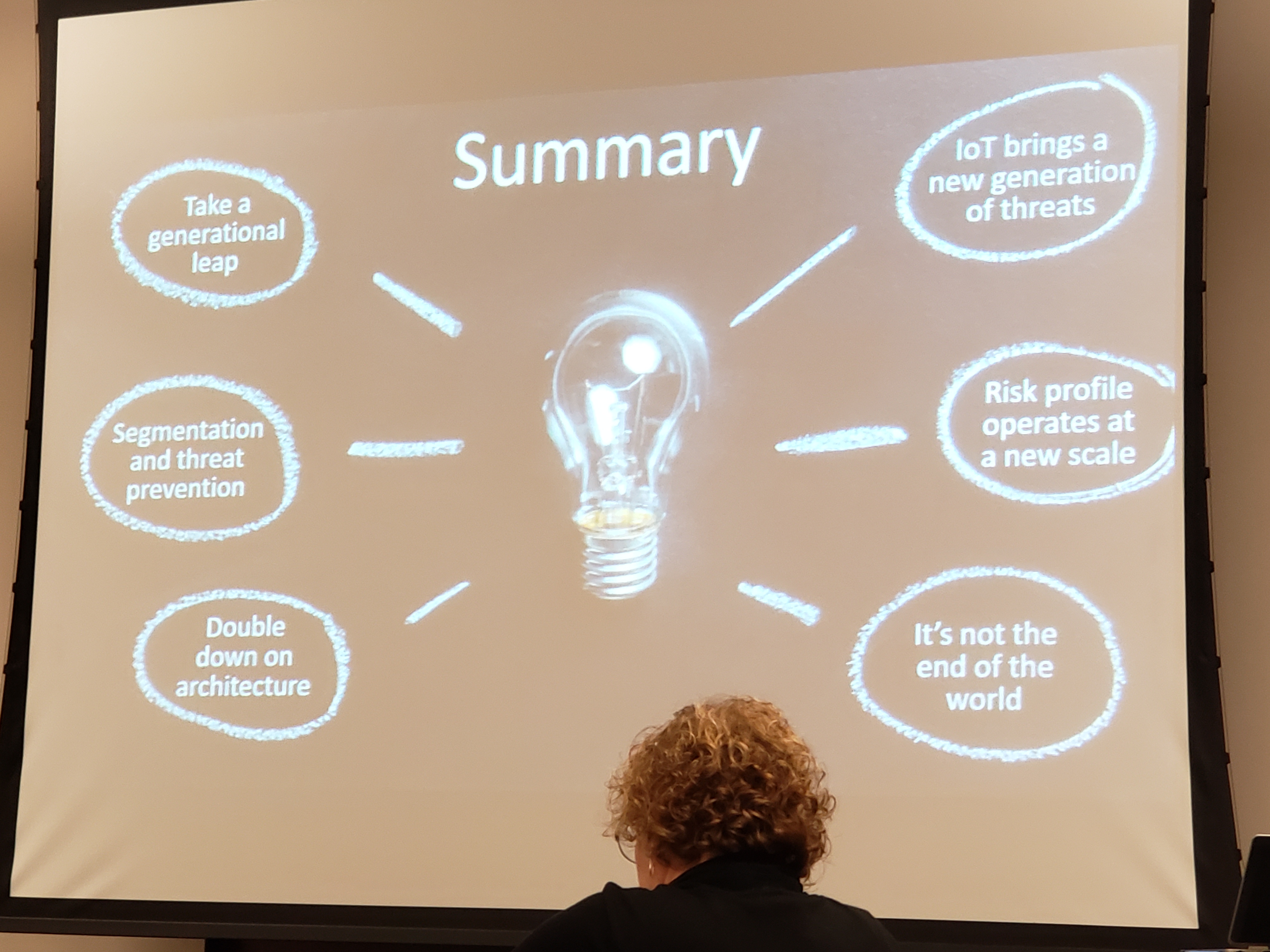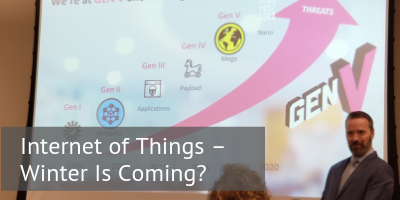By: Vladimir Vracaric
The number of connected devices is expected to grow exponentially from 11 to 80 billion in the next decade. It seems that every device is being upgraded into an IoT device, from smart light bulbs that conserve electricity when no one is around, to biological sensors that detect changes in the human body.
The swarm of little machines will enable highly complex systems to function, but software and hardware defects are a challenge for IoT. As we have seen, IoT devices can be exploited to function as botnets and participate in large-scale DDoS attacks. They can be the source of confidential data leaks, like when fitness bands revealed locations of secret military bases around the world. We can also imagine much more sinister threats that directly affect human life, such as exploits of self-driving cars, prosthetics, pacemakers, or insulin injectors. How do we manage all that risk? How do we keep attackers away, prevent exploits of vulnerable systems, and monitor billions of devices at the same time?
Security is a long-term play, it is not solved by purchasing a single product, plugging it in, and claiming to be secure. Much like the cloud, IoT will require new ways of approaching scale, dynamism and autonomy. Every device needs to be aware of the threat, and mitigation needs to take place with mass distribution of security policies. One way of achieving this is through a solid architecture that utilizes segmentation, a variety of protection form factors, and embraces centralized trust, which allows for predictive intelligence to be shared among all systems and monitored in real-time.
We are on the cusp of the next generation of cyber threats, and IoT increases the scale significantly. Check Point is an industry leader that works with all security vendors to identify and share threats globally, and provides security solutions for any type of device.

About the writer:
 Vladimir Vracaric is a technology professional with over 15 years of experience in architecting, deploying, and operating mission critical services, world-class networks, and enterprise data center infrastructure. Most recently, Vlad led engineering, automation, and software development teams for the largest wireless service provider in Canada.
Vladimir Vracaric is a technology professional with over 15 years of experience in architecting, deploying, and operating mission critical services, world-class networks, and enterprise data center infrastructure. Most recently, Vlad led engineering, automation, and software development teams for the largest wireless service provider in Canada.
You can connect with Vlad on LinkedIn here.
